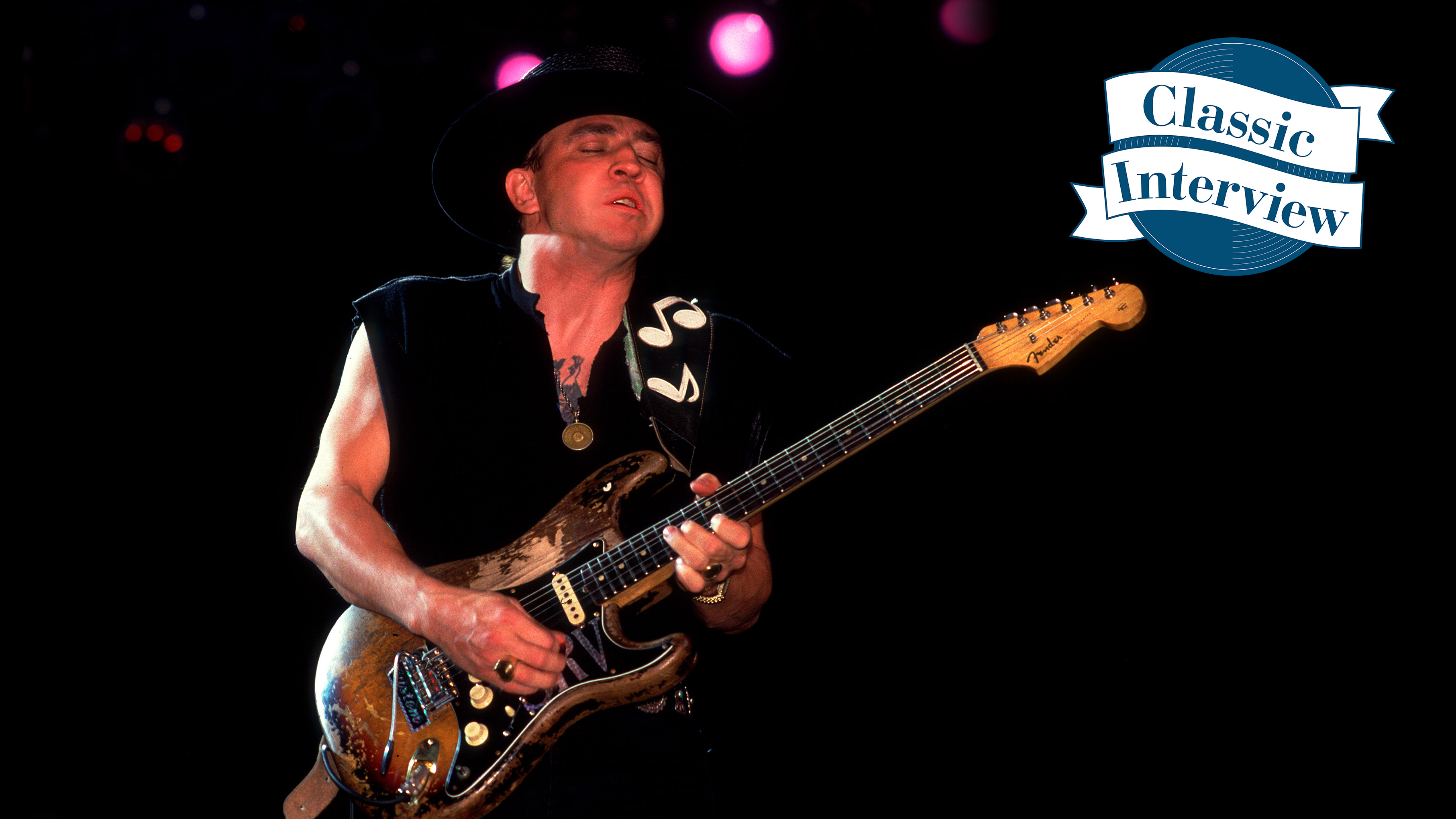Eric Gales interview: “I asked Stevie Ray Vaughan for an autograph and he said ‘Only if you sign one for me first!’”
Best of 2022: We talk jamming with guitar icons and becoming one with a player in his prime: “It takes guts and fortitude to even attempt the blues,” he tells us
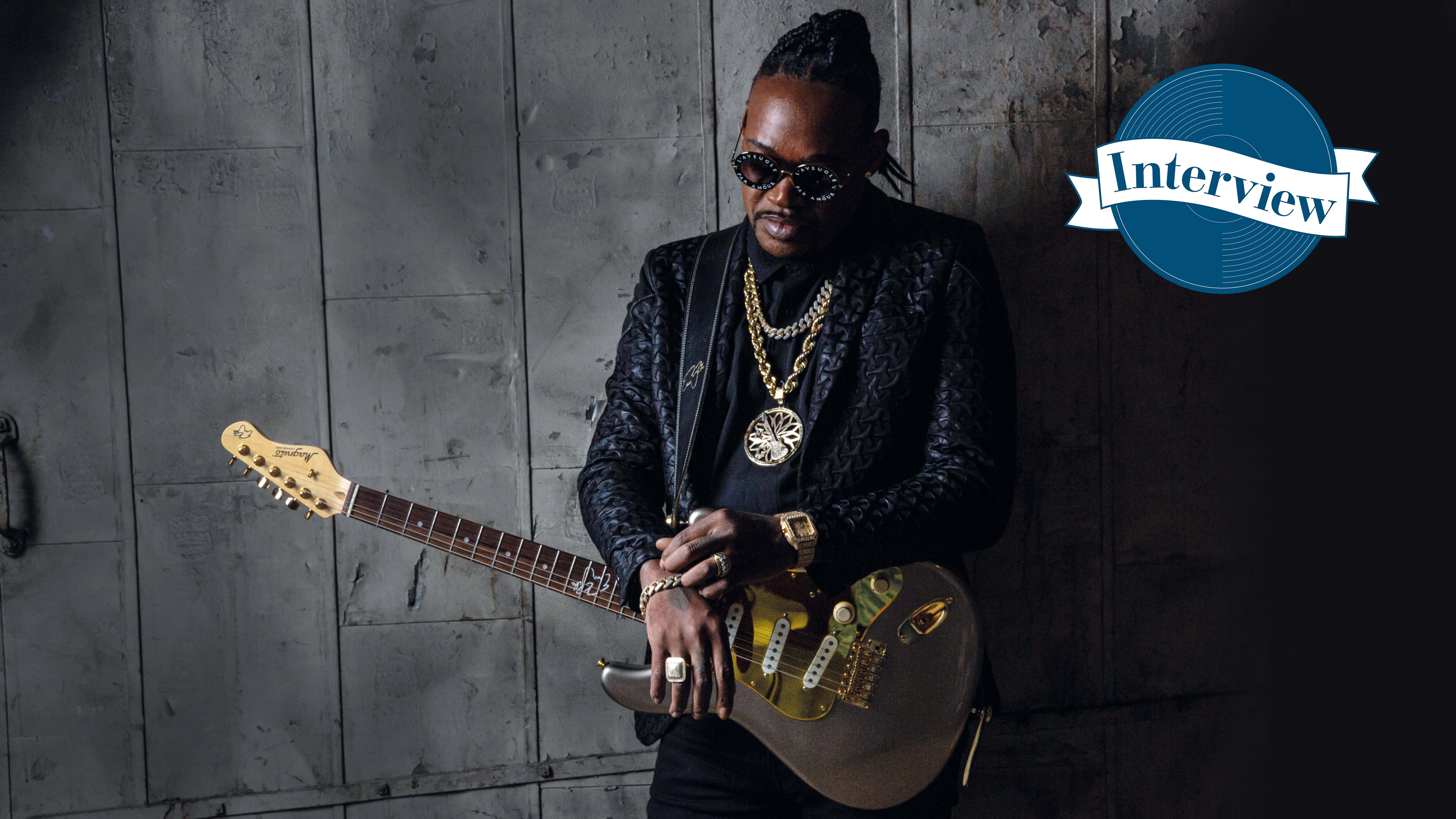
Join us for our traditional look back at the stories and features that hit the spot in 2022
Best of 2022: On the opening night of his UK tour, an American blues guitar player sheds a tear as he tells the crowd about “the five or six times” he nearly died as the result of the drug addiction that thwarted his career during his 20s and 30s. Now aged 47 and approaching six years sober, Eric Gales has managed to re-establish himself as one of the greatest guitarists alive today.
There was an excitement to 2017’s Middle Of The Road that felt more like an artist starting afresh, clearly invigorated by a new sense of focus to his seemingly endless creative abilities. That only continued with 2019 follow-up The Bookends and now with this year’s Crown, co-produced by old friends Joe Bonamassa and Josh Smith, Gales could very well have delivered the finest album of his career to date.
Tonight’s audience both appreciate and admire the soul-baring sincerity coming from the man on stage. With a band that also includes his wife and manager LaDonna – who he openly credits as the person who helped save his life – he tells his story through music, with tracks like You Don’t Know The Blues and I Want My Crown documenting his determination to turning things around, and other songs like The Storm and Too Close To The Fire referencing the racial tensions and injustices that continue to plague society to this day. By the end of the set, there is an energy in the room that feels like it could never fade – such is the magnitude of this man’s blues.
It was and still is just downright awesome to know that after all of the years of the hard work, even through the bad times that I’ve survived, I’m now coming out on the other side
A few hours before the set, MusicRadar is invited into the singer/guitarist’s dressing room to dissect his mind-bending pentatonic mastery and breath-taking clean tones, starting with last year’s lead single I Want My Crown. Launching the new album campaign with what felt more like an event than a song certainly paid off dividends, teasing a boxing match between himself and Bonamassa – both players even stepping into the ring for their guitar duel in the official video. And their efforts certainly did not go unnoticed, the six-string battle even scooping Total Guitar’s Best Solo Of 2021 in the magazine’s end of year round-up…
“You know what, that was very humbling and gratifying,” smiles Gales, before explaining just how much he’s missed performing in the UK over the last few pandemic years. “It was and still is just downright awesome to know that after all of the years of the hard work, even through the bad times that I’ve survived, I’m now coming out on the other side. Being alive to carry on means everything to me.”
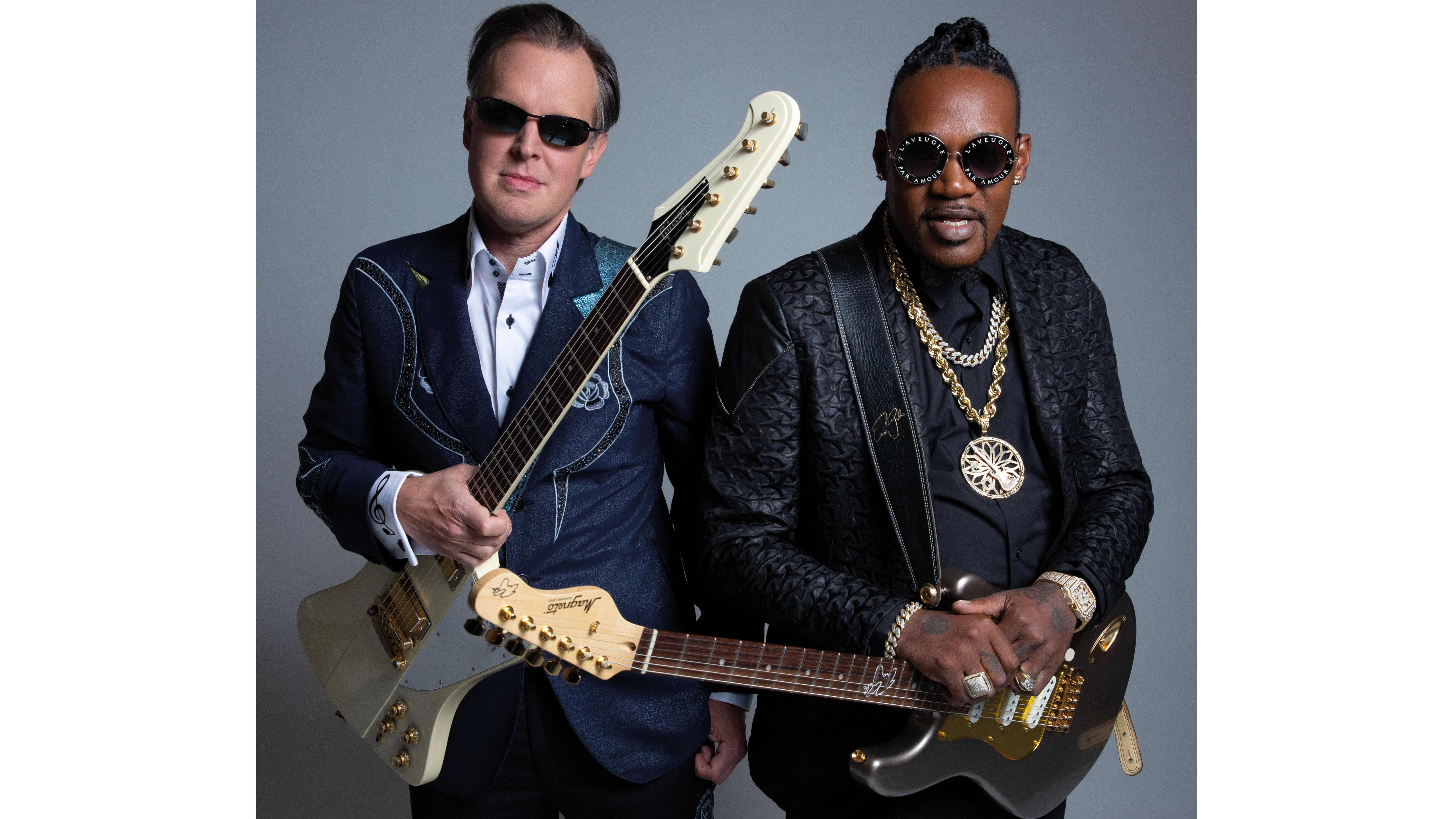
it’s everything from metal to avant-garde rock, as well as the blues to classical and everything in between
We can hear it! So how exactly did the track I Want My Crown come about?
Want all the hottest music and gear news, reviews, deals, features and more, direct to your inbox? Sign up here.
“This song came out of rekindling my friendship with a buddy of mine, Joe Bonamassa, who reached his hand out and said he’d do everything he could to help me get where I should be… and where I should have been a long time ago. It gets me emotional just talking about it, man. But he’s really one of my best friends.
“I can’t negate the work that I put into it, to prove myself to people that had to keep themselves at bay from me because I was so destructive for quite some time. It took work and time on my part for them to be able to say, ‘You know what? This dude is back and he’s not fucking joking around, I want to be behind him every step of the way!’ And it’s not only him. There’s a lot of people, man, like Eric Johnson. Then there’s my godfather Carlos Santana, we chat every day. All across the board, it’s so very gratifying to see the good come back around.”
In parts of your solo, you mix Phrygian tonalities into your blues licks. What advice can you offer those hoping to do the same?
“First of all, I have to say there should be no limitations or boundaries. How those types of licks and spontaneous events seep into my mind is from the years of music and massive catalogue that I pull from. And it’s everything from metal to avant-garde rock, as well as the blues to classical and everything in between.
“Years of acquiring many different styles that I was inspired by is what enabled me to be very equipped at any moment at any given time. There’s no thought process involved in anything that I do. It’s just directly spontaneous. And the only reason I can do that is down to all the countless years of research into many different styles. Whenever my soul wants me to go this way, I can go there.
“And after 44 years of playing guitar, I’m still honing in on my craft. I don’t have everything figured out. I don’t have it all together. I don’t look at myself as the number one. I mean, there is no number one to me. There are several different lanes and everybody’s got a lane to fit into. I just try to do my part.”
Like you said, it’s a very wide net of influences when it comes to your style…
“For sure. I’m just trying to lead with my own DNA and make my own style. Because nobody else has the same DNA, and that goes for every guitar player out there. If someone listens to anything I do and says, ‘Yo, that sounds like fucking Eric Gales!’ that’s exactly what I’m hoping to achieve. And I’ll try doing that with whatever combinations of Phrygian, Mixolydian, Dorian… any mode feels good to me at the time, going through gospel, RnB, funk, country or jazz.
“I will mix everything I’ve learned from Wes Montgomery, Roy Clark, Jerry Reed and Chet Atkins. And I might even do all of that in one song (laughs). So that’s just how it comes out and it’s all acquired from my heroes. The best advice I can give to anyone reading this is learn everything you like, as well as everything you don’t like, because later on in the craft it’s going to serve a purpose like it does for me.”
You and Joe have known each other for three decades. It’s interesting how you differently you attack similar pentatonic lines – him preferring alternate picking and you using a mix of that and economy…
“Joe, myself, Josh Smith, all of us will tell you in a heartbeat that a lot of this kind of blues came from and was initiated by Eric Johnson, who is also a good friend. He is definitely one of the door openers for all of that technical modern blues. I’ve never really practised any particular picking or fingering style. It really just came down to my drive and inspiration to learn whatever it was that I wanted to learn.
“I was always going to figure it out, whatever miraculous way it came to me. It takes people like you and others to ask the technical questions like ‘How did you come up with this two down and three up lick?’ And, honestly, I have no idea how it all happened.”
My philosophy was always ‘I’m gonna keep figuring this out until I get it, even if it takes days, weeks or months'
How much do you think playing left-handed and upside down affects your sound?
“Especially in my younger years, it never dawned on me that I was listening to and learning stuff from guitar players that played totally different from me. There’s far fewer left-handed upside down players in the world than right-handed players. But there was never an intimidation factor for me because of any technical difference. The idea of not being able to figure it all out never entered my mind.
“My philosophy was always ‘I’m gonna keep figuring this out until I get it, even if it takes days, weeks or months, I’m going to continue to do it. And somehow, figuring out my own ways of doing things, emulating my heroes, turned into other people saying, ‘Damn, he has his own style, because it sounds different!’
“I don’t know if there’s a different sound between a left-handed player and right-handed player, from bends to vibrato to pull-offs and hammer-ons, legato to sweeps and all that stuff. I have no idea. People ask me about advantages and disadvantages about playing guitar left-handed and upside down. Maybe there are some chords I can hit with more open strings. I don’t want to call them advantages or disadvantages, but sure, there must be some alternate reaches that I am able to get to than some right-handed players will find difficult.
“However, there’s nothing a right-handed player can do that feels impossible to me. I know the inspiration is going to drive me to figure it out. I might have to use my thumb or whatever, but nothing is off-limits. Everything is open game… I’ll use my feet and toes if I have to (laughs)!”
Let’s talk about some of the gear heard on the new album. We’re guessing your signature Magneto guitars and DV Mark amps were heavily involved?
“Yeah, for the majority of the record we were using my signature DV Mark amp. Joe said to me, ‘Dude, you and the whole world knows I have a collection of some of the best fucking vintages and most amazing gear… but Eric, I don’t want you to change a damn thing. Your sound is fucking amazing and the DV Mark is what I want you to use.’
“We added a little bit of Dumble to some of it, but 98% of this record was my signature head and my Magneto guitar. We used a real Leslie for Let Me Start With This to get that Cold Shot kind of tone, with extra gusto!”
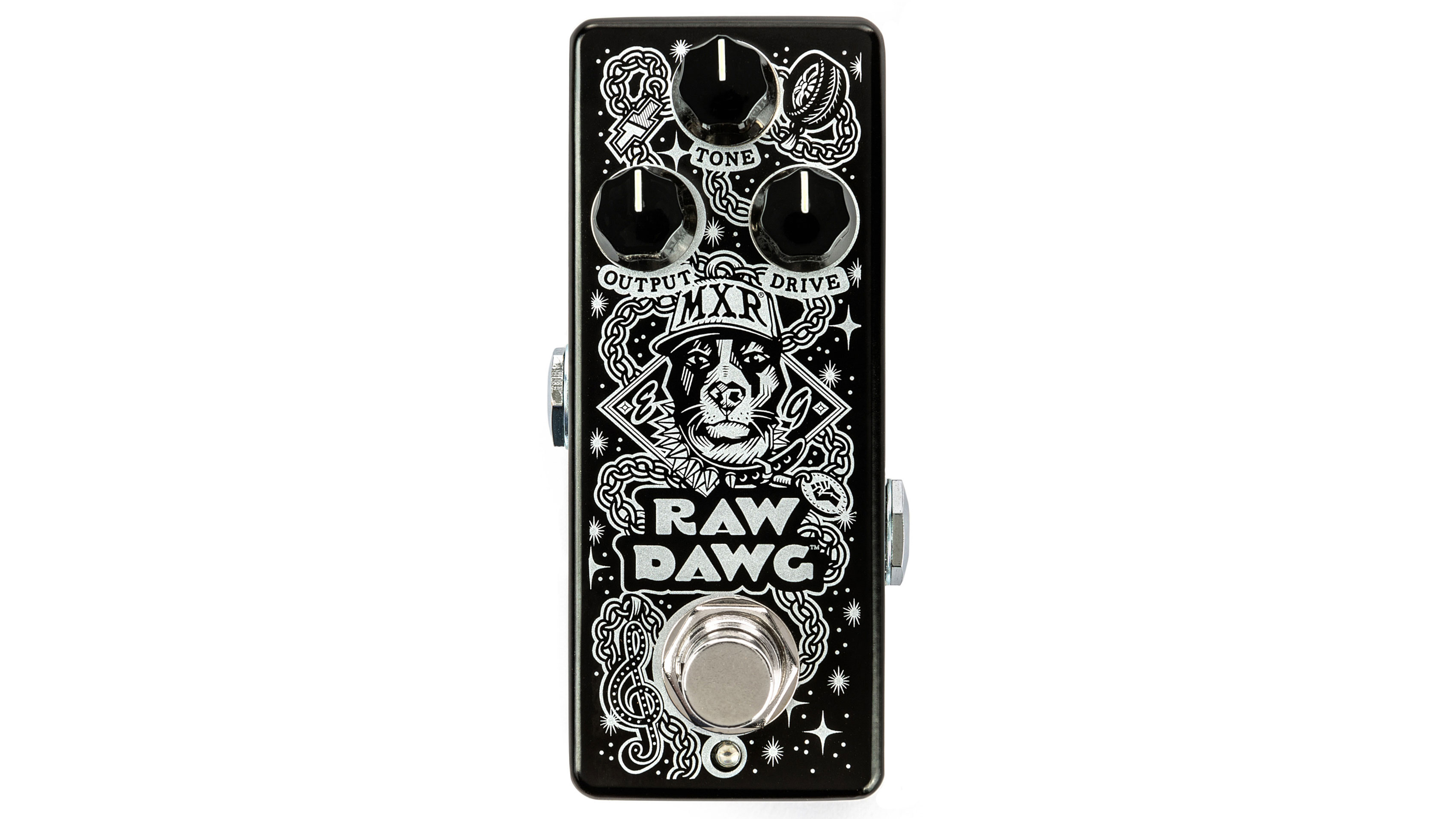
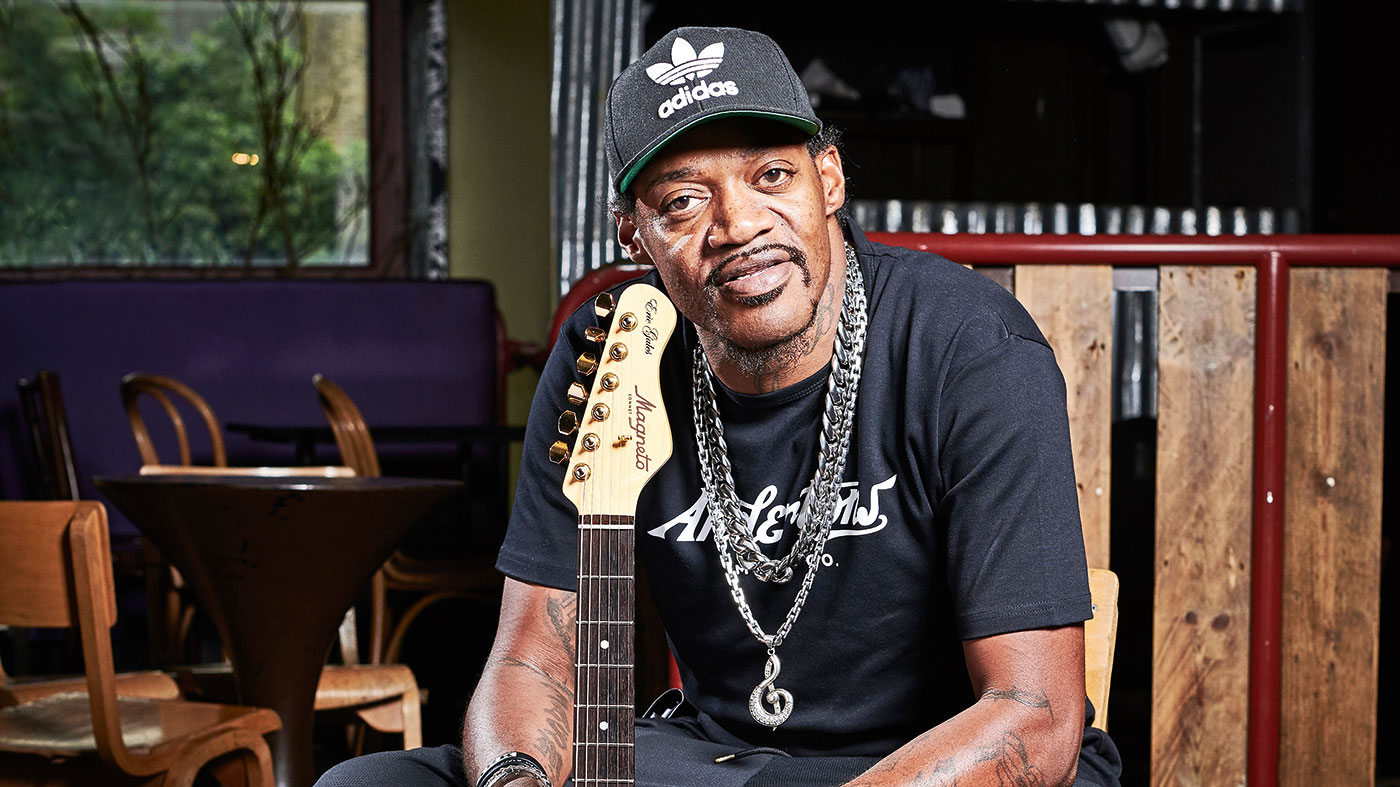
On your last UK tour, you had your diamond-finished Custom Audio Electronics wah, the Mojo Hand Colossus Fuzz, a Tech 21 Boost DLA and a Digitech Whammy on the board. We’re guessing last year’s signature MXR Raw Dawg pedal is on there now too?
“Yeah, I still have the Colossus fuzz, the wah, the DLA and the Whammy there. I now use two overdrives, the E.W.S. Brute Drive as well as my MXR Raw Dawg. I’ve now got a TC Electronic Ditto, just for fucking around with loops and shit. And I’ve been using the MXR Hendrix Octavia, for whenever I’m feeling Frank Marino-ish (laughs). It’s not an outrageous board, but enough to get the job done! But it all starts with my clean tone, which is crystal clean.”
We’d love to know which particular overdrives inspired your Raw Dawg signature?
“It was just the regular old Tube Screamer. We used one of those as the starting point and then me and Jeorge Tripps just made a couple of little alterations here and there. So it was a case of adding a bit more of a mid boost and maybe a little bit more gain, and that was about it.”
I’m not yelling, I’m not screaming. I’m just having a conversation and giving them some experiences that myself and other people with my skin colour go through that they might not know about
It’s interesting how songs like Too Close To The Fire and The Storm have political observations to them, though at the same time promote a message of love and peace…
“Absolutely. That was the sentiment behind quite a few of the tunes over this whole record, man. It’s not a political record. It’s a humanitarian record. I’m having a conversation with human beings. That’s it. I’m not yelling, I’m not screaming. I’m just having a conversation and giving them some experiences that myself and other people with my skin colour go through that they might not know about. There are things that happen that don’t happen to other races, you know what I mean?
“And predominantly, I’m talking about the white races here – some people don’t have a clue about what it’s like to be black. I think that being able to put my thoughts into the music so that they can understand the experiences I’m talking about ended up being a strong part of this record.”
It’s a very deep record in that regard, and though you had some great co-producers and co-writers on board, it’s your life story at the heart of it all…
“I’m proud of what we accomplished – myself, my wife LaDonna, Joe, Josh Smith, Kevin Moore, Tom Hambridge and James House. We combined our minds, hearts and souls to give the best Eric Gales record that we could give. It’s not a Josh Smith record, not a Joe Bonamassa record or a Kev Moore record.
“It was all of us getting together to figure out the best Eric Gales record possible and I’m very humbled by how everybody got together and worked on everything I presented to them… all these different things I wanted to express. Sure, the life I’ve lived and the man I am affects how I play. It’s gotta be in there somewhere. My life story is embedded into who I am. And it’s not something I try to shy away from. As long as it sounds good, I’m happy.”
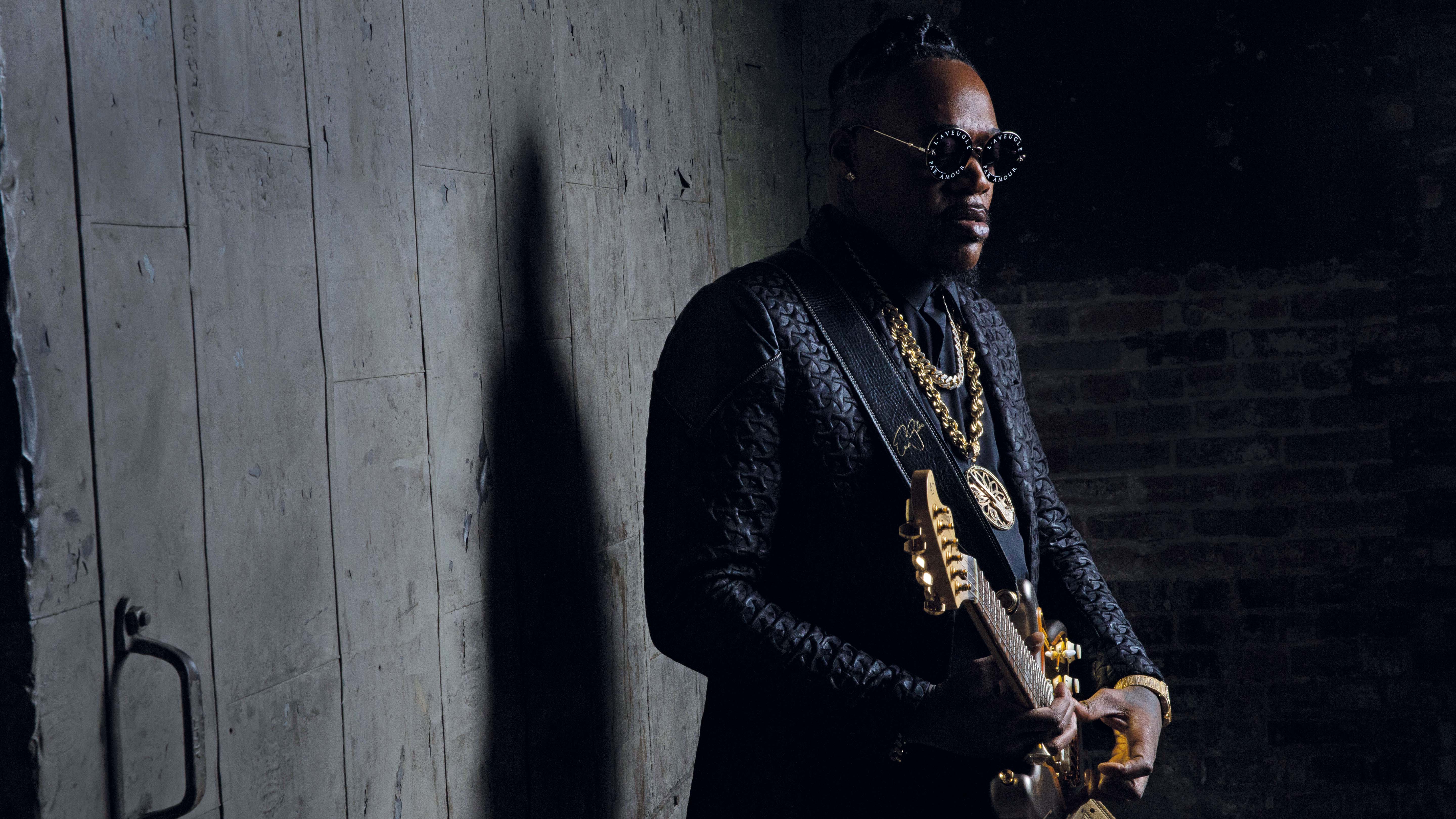
There’s a story about you meeting Albert King at the local fish market when you were 11 years old. What do you remember about him looking back now?
“It was intense, man. We sat down and we played together, actually. I remember thinking, ‘Wow, that’s Albert King right there!’ I just couldn’t believe it. He liked to eat, just like we all did. So it was very commonplace to see him around town and in the market. And I had my moment, man. It was pretty awesome!”
The In Session recordings of him playing with Stevie Ray Vaughan is still some of the most awe-inspiring guitar footage ever captured…
“My god, that was insanely powerful. My hairs stand on-end just thinking about it…”
You were lucky enough to play with SRV, too. Again, you must have been very young at the time…
“I did! I was recording demos from my first record. I remember he was clean at the time. I told him my name was Eric Gales and he said, ‘I’m very aware of who you are because the industry has been buzzing about you!’ So we sat down and played, and he said to me, ‘Dude, you are an awesome player!’ I was 15 years old at the time. Again, it was really intense, man. There were two acoustic guitars and we just had fun playing Riviera Paradise together.”
What else did he say and did he teach you any licks?
“Well, I’d already been studying the dude note-for-note way before that meeting (laughs). So it all came full circle that day. It wasn’t about asking a whole lot of questions. I was just in awe of one of my heroes as we played together and he was nice enough to say ‘Yo, you got it!’ when we finished.
“Right at the end I asked him to sign an autograph for me and he said ‘Only if you sign one for me first!’ Through the years, I lost it. I don’t know where that piece of paper is but I will never forget it. That was such a surreal meeting. I’ve always counted him, Robin Trower and Eric Johnson as my biggest influences. So whenever I run across these people, it blows my mind.”
That’s the key: keep going and don’t stop
Some blues players can be too meticulous and smooth and others too raw and edgy. Like SRV you’ve never seemed to struggle there, always striking the perfect balance…
“It is a delicate balance. But somewhere in there, you will find it. Stick with it and it will come. Believe it or not, it took time for me as well. I had to work at it and stay persistent. That’s the key: keep going and don’t stop. It takes guts and fortitude to even attempt the blues. That’s worth a trophy before you even get any further in my eyes.
"I salute everyone who is not shy – whether they’re on a stage or performing online – they’re putting their foot forward and trying to create something. My advice is just go for it. You won’t know what might happen until you try!”
Eric Gales' 11 tips for guitarists
Amit has been writing for titles like Total Guitar, MusicRadar and Guitar World for over a decade and counts Richie Kotzen, Guthrie Govan and Jeff Beck among his primary influences. He's interviewed everyone from Ozzy Osbourne and Lemmy to Slash and Jimmy Page, and once even traded solos with a member of Slayer on a track released internationally. As a session guitarist, he's played alongside members of Judas Priest and Uriah Heep in London ensemble Metalworks, as well as handling lead guitars for legends like Glen Matlock (Sex Pistols, The Faces) and Stu Hamm (Steve Vai, Joe Satriani, G3).
